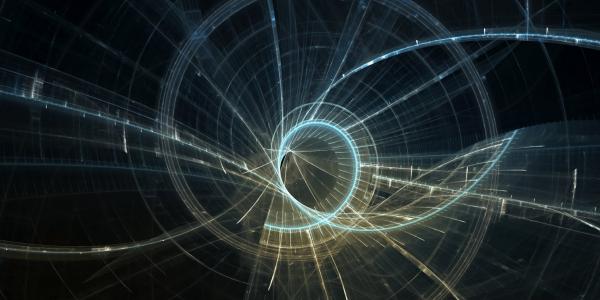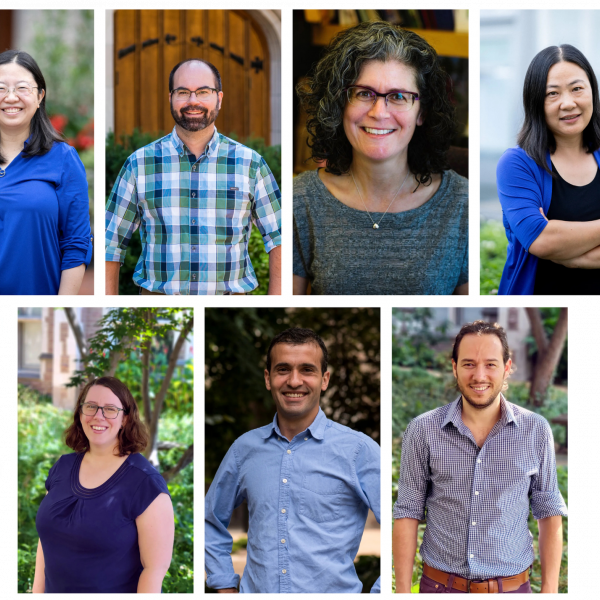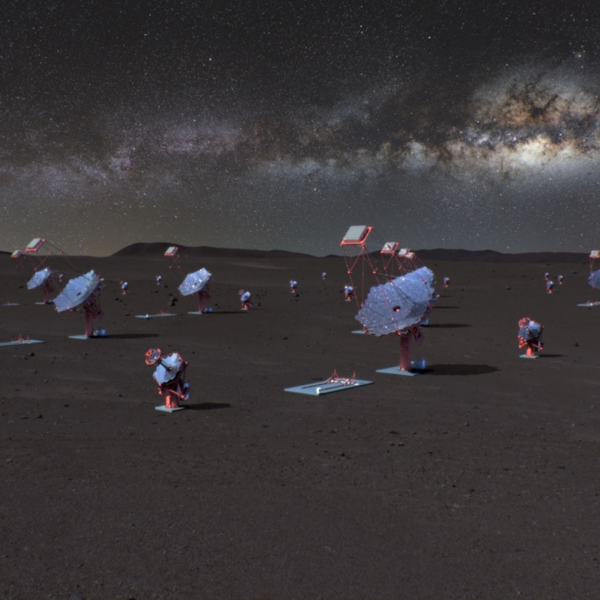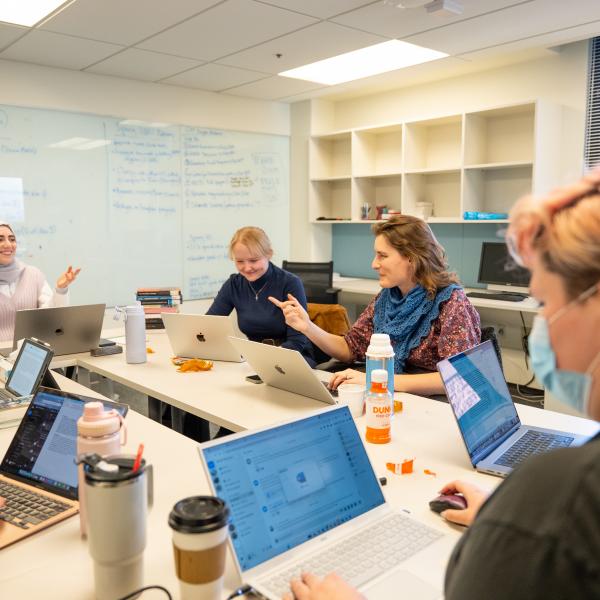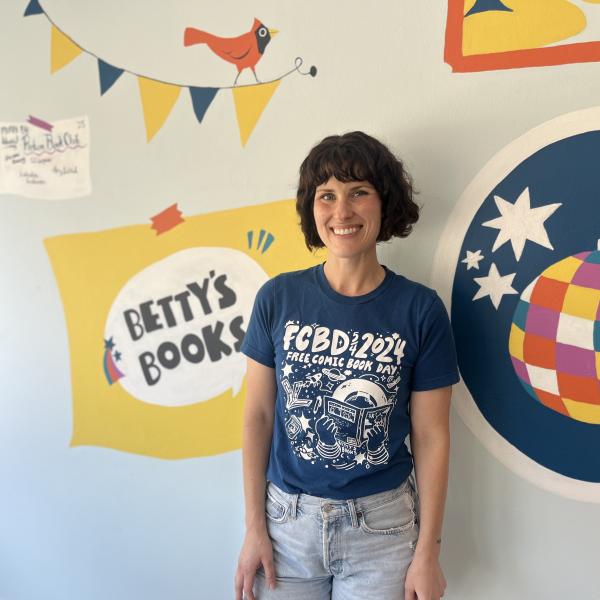Recruited as part of a cluster-hire initiative, this group of researchers will pursue breakthroughs in quantum information processing, materials, and particle physics.
With WashU emerging as a national leader in quantum science, recruiting top talent to advance research and fuel new collaborations has been a top priority.
In 2024, Arts & Sciences recruited four new faculty members as part of a quantum science cluster hire: Shaffique Adam, Karthik Ramanathan, Xi Wang, and Chuanwei Zhang.
Their appointments represent another major investment in quantum research, a wide-ranging field with tantalizing potential. The quantum world operates under principles fundamentally different from classical physics, offering a new lens for studying longstanding scientific questions and enabling emerging practical applications.
One year into their work at WashU, the new faculty members are building momentum and making transdisciplinary connections with help from the Center for Quantum Leaps, which serves as the hub for quantum research in Arts & Sciences, the McKelvey School of Engineering, and the WashU School of Medicine.
Here’s a glimpse into who these scholars are, what they’re working on, and what excites them about emerging quantum technologies.
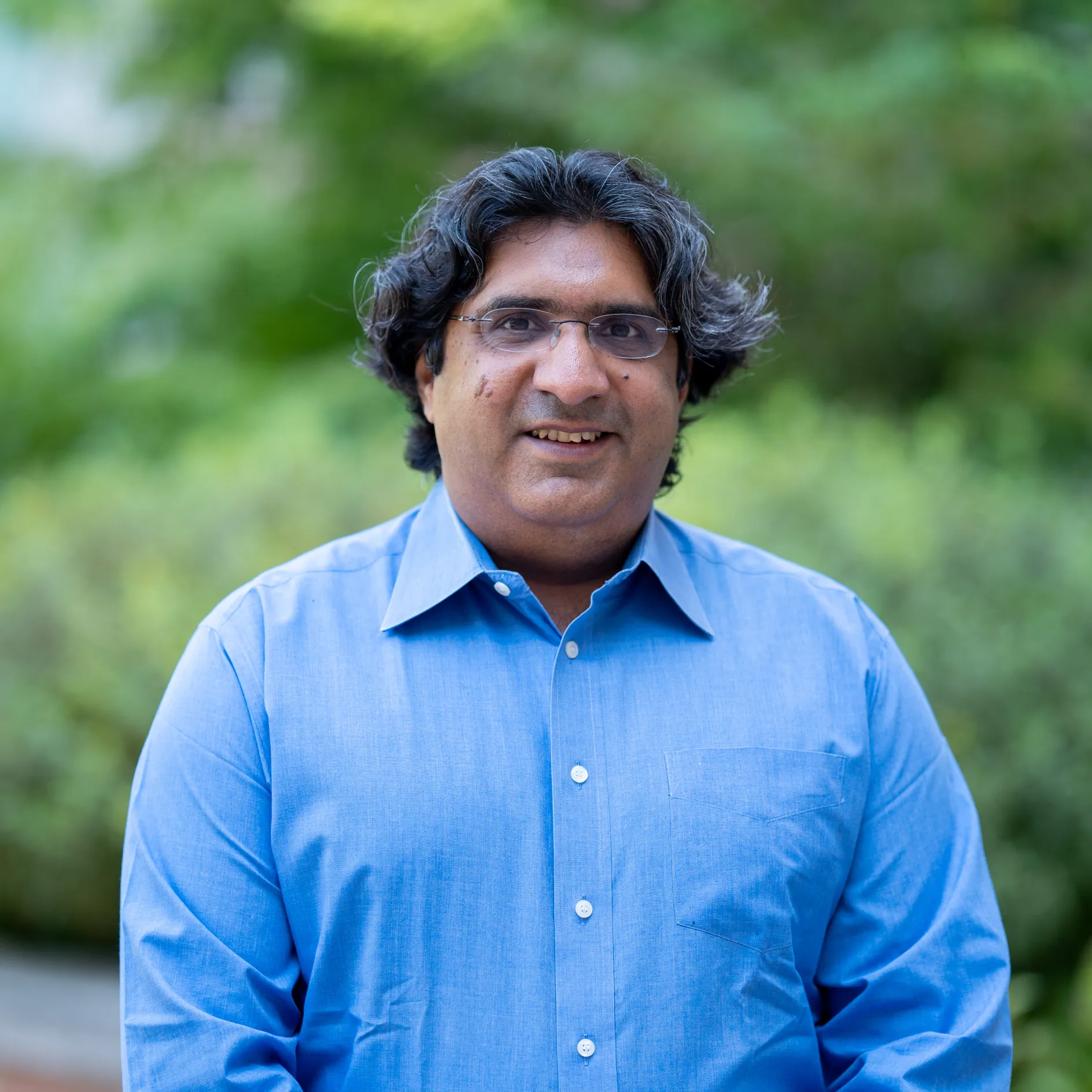
Shaffique Adam
Professor of physics
Field of study: Condensed matter physics
Much like the complex dance of electrons that he studies, Adam’s research stays in constant motion. That’s the way he likes it.
“What drove me to condensed matter physics was that experiments can be done in short order, six months to a year, to test whether what we’re doing is on the right track,” Adam said. “Whereas in other fields, like string theory, 50 to 100 years may go by before you know whether what you’re working on was meaningful.”
Adam describes a tremendous “endorphin release” when an experiment’s results align with his predictions — and each new result opens a branching path of possibilities for follow-up research.
At WashU, he has no shortage of collaborators for generating new ideas.
“What I think works well here is that people have a willingness to talk outside of their traditional field of expertise,” Adam said. “For example, someone from WashU Medicine is going to talk with me about using quantum mechanics to improve medical sensing. Even if it doesn’t work out, that openness to have the conversation is already half the battle.”
With the new cluster hires now having spent a full year in the Department of Physics, Adam is excited about the potential of its quantum science team.
“We’re now at the point where we have 10 people in this area of quantum,” Adam said. “It’s very well balanced and calibrated. There are five theorists and five experimentalists. We have people in quantum information, people in atomic physics, and people in materials. It’s at a critical mass where we can start to have a global impact and pursue some big, collaborative grants.”
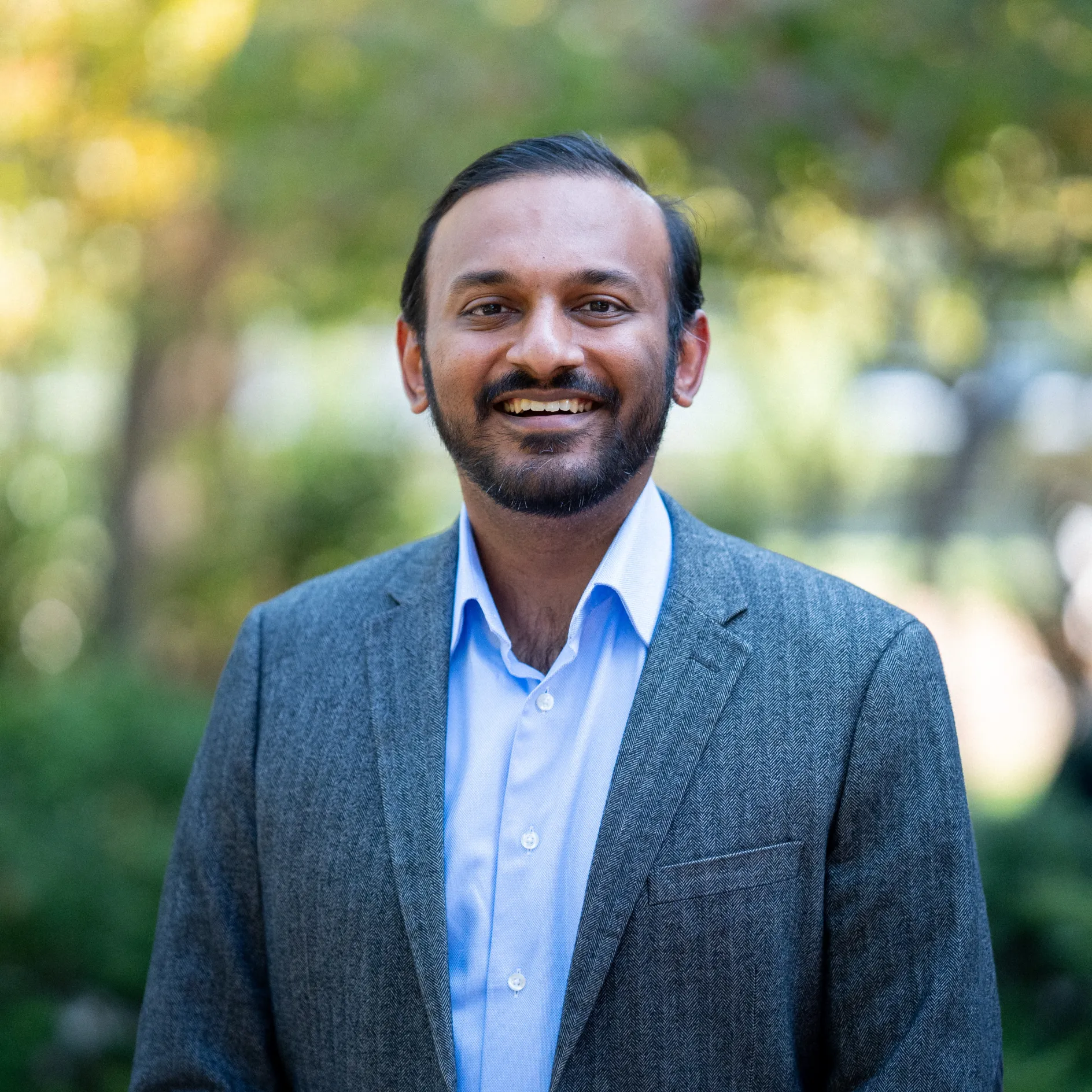
Karthik Ramanathan
Assistant professor of physics
Field of study: Particle physics, with an emphasis on exploring dark matter
Ramanathan didn’t take a direct route into the world of quantum science. But once he arrived, he found that the field had the potential to supercharge his research on the elusive nature of dark matter.
“Dark matter is this hypothesized particle where we have no idea what it is,” Ramanathan said. “Our theory colleagues have come up with lots of different models of what this particle could be, and then people like me look for it. My area of interest is this: What happens if this particle is very light, very small, and seemingly interacts very little with standard matter? One possibility is that it’s actually interacting with matter frequently, but its energy deposits are so small that we can’t detect it.”
That’s where quantum sensing comes in. Once Ramanathan learned that quantum devices had the potential to measure the tiny energy signatures he was seeking, he knew they represented a rich new avenue for his research to take.
“That’s been a really exciting part,” Ramanathan said. “I’m not necessarily driving forward new research in the quantum world, but I am drawing from its rich corpus to answer problems elsewhere.”
Since joining WashU, Ramanathan has secured $5 million in grant funding from the Defense Advanced Research Projects Agency (DARPA) for a new quantum-based project, split between WashU and research partners at California Institute of Technology; the University of California, Berkeley; the University of Wisconsin–Madison; SLAC National Accelerator Laboratory; and the NASA Jet Propulsion Laboratory.
“It’s a challenge set by DARPA to build a new neutrino detector using quantum instrumentation,” Ramanathan said. “Our novel idea is to repurpose superconducting qubits, normally used for quantum information science and computing, as the sensor. I’ve been really fortunate to be the principal investigator of that project. We’ve received funding for the next three years, which, in this uncertain time, is a major investment.”
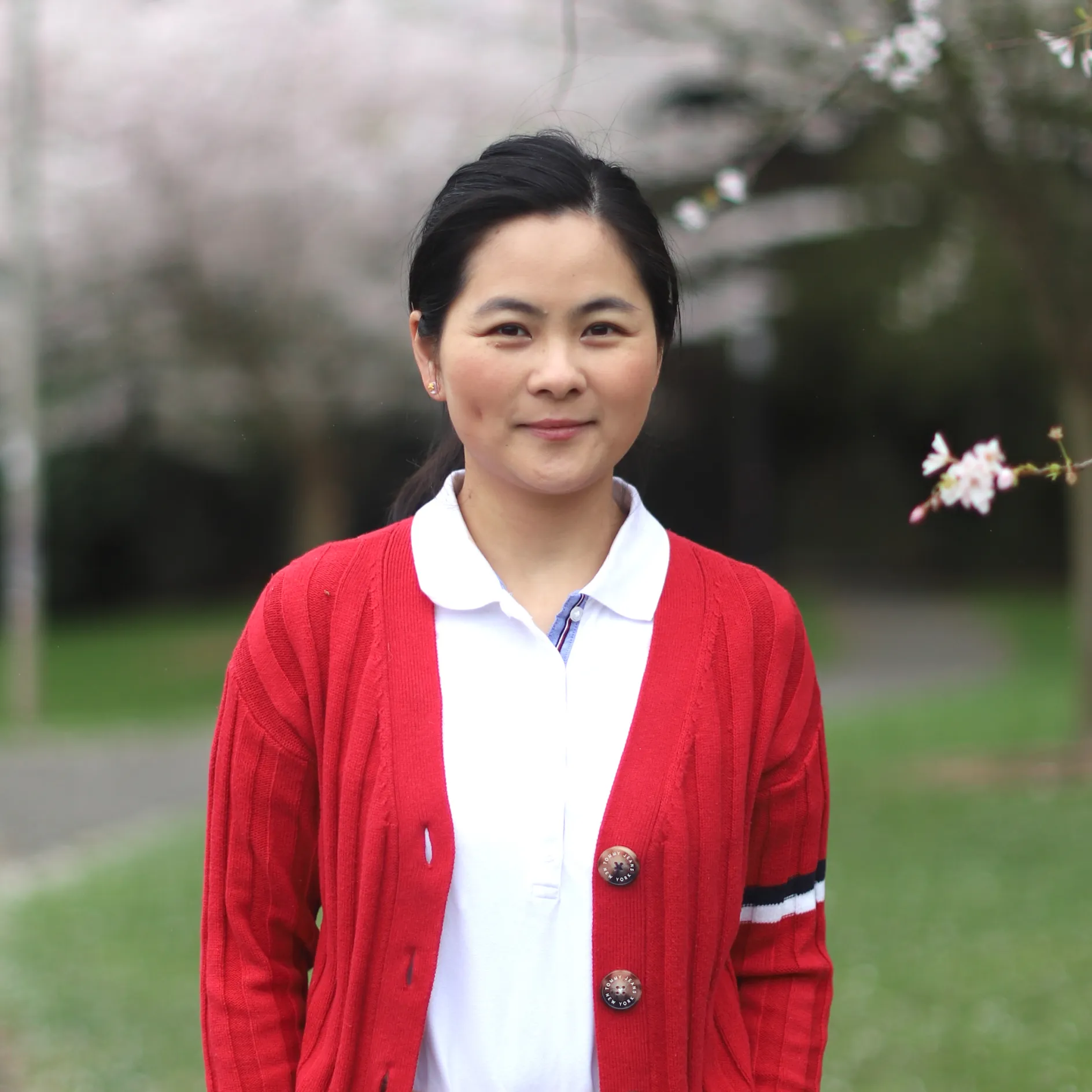
Xi Wang
Assistant professor of physics
Field of study: Quantum materials
Wang studies materials that are often only a single layer of atoms thick.
Take graphene: a single layer of carbon atoms in a honeycomb pattern. While long theorized, graphene wasn’t formally produced and identified until 2004 by physicists Andre Geim and Konstantin Novoselov. (The unlikely story behind this discovery, which hinged on Geim’s low-tech use of Scotch tape, is a must-read.)
Given that graphene is barely two decades old, it holds great promise for quantum materials research.
“Graphene itself is not a superconductor, but when you twist it and create something called ‘magic-angle graphene,’ it becomes one,” Wang said. “So you can take something that you know and create something unknown, based on the same constitution. That’s pretty interesting.”
Wang, who is teaching an advanced laboratory course in the Department of Physics for the Fall 2025 semester, wants to help introduce undergraduate students to the quantum world.
“I hope we can develop more experiments in our advanced lab course that relate to quantum science,” Wang said. “I really like the current 10 experiments in our course, but I want to bring more cutting-edge experiences into the lab courses for our undergraduates.”
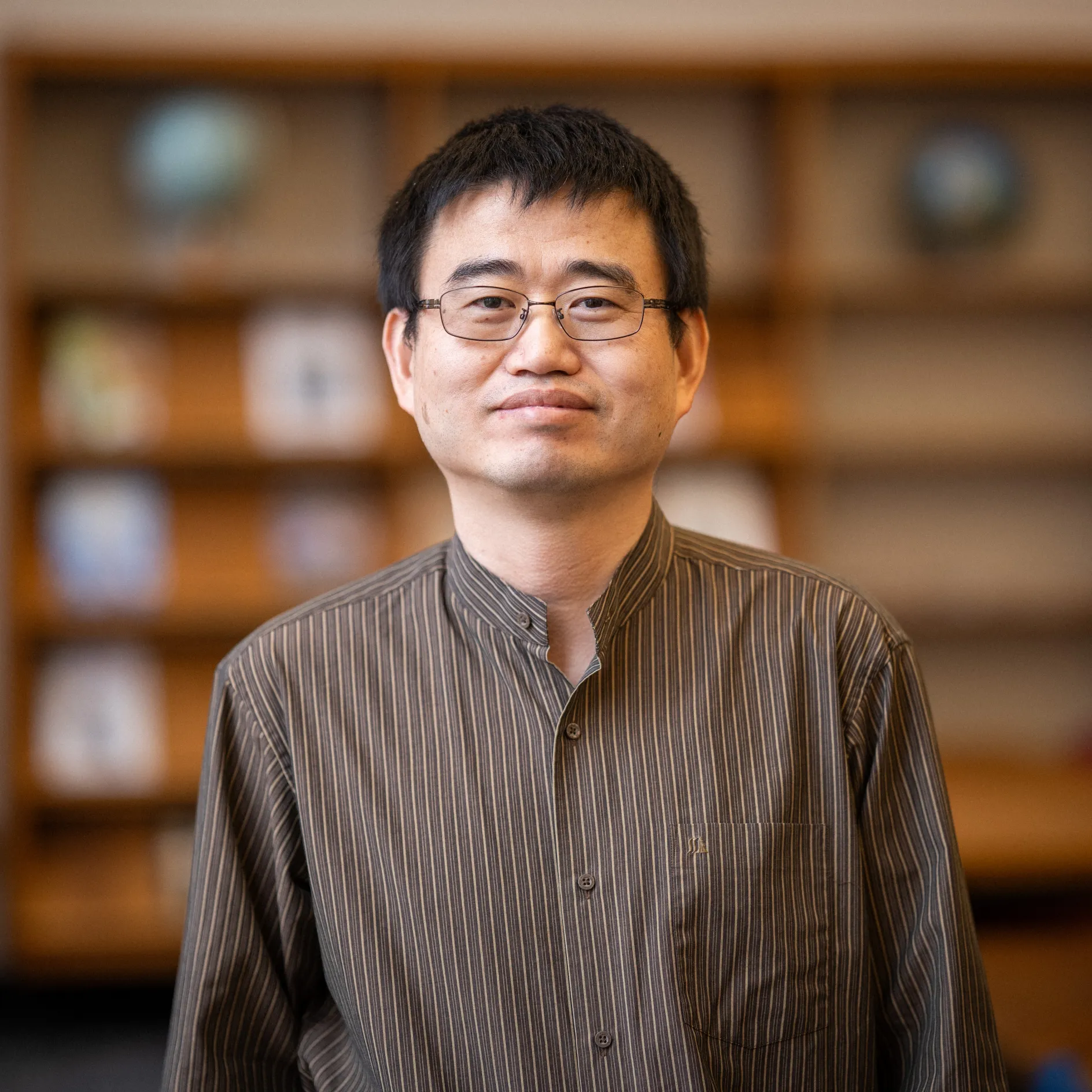
Chuanwei Zhang
Professor of physics
Field of study: Quantum information processing, atomic and optical physics
When WashU announced its quantum cluster hire, Zhang was busy building the quantum information science and engineering program at The University of Texas at Dallas. He had already notched several early successes, recruiting faculty members, establishing the first quantum information certification program in Texas, and securing a sizable team grant to support the program.
But something told him that the WashU opportunity was too good to pass up.
“I knew a couple of the faculty members at WashU, and I knew they were excellent,” Zhang said. “WashU has big ambitions in quantum, which aligned with my career goal and offered a bigger platform for advancing quantum information research and education.”
Since his arrival last year, Zhang has been impressed by WashU’s collaborative research environment, which has enabled him to forge numerous collaborations with colleagues across different schools and departments.
As a researcher who has focused on quantum information science since his undergraduate years, Zhang brings a unique perspective to the field’s recent explosion. While the field has long been focused on fundamental research, he sees major real-world applications emerging in the near future.
“In the short term, in the next five years or so, I think there will be a lot of breakthroughs for the application of quantum sensing in different fields like biomedicine and physical science,” Zhang said. “In 10 years or more, quantum computing could transform society in ways we can’t yet imagine.”

